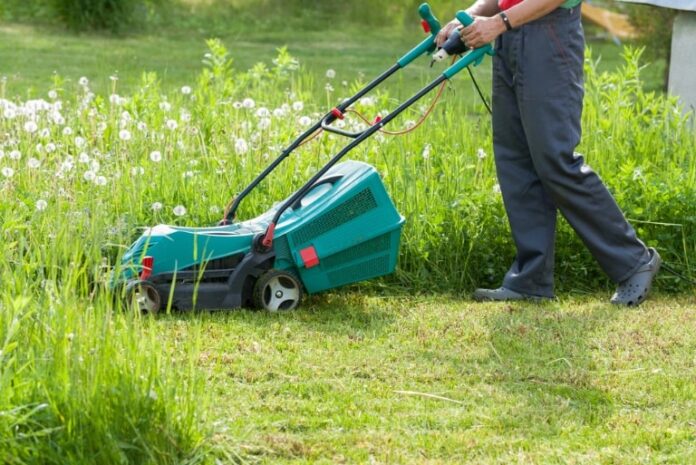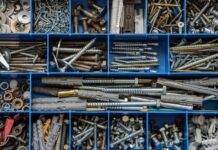When it comes to maintaining your lawnmower, few parts are as critical—and as often overlooked—as the drive belt. While most mowers come with standard rubber belts, not all belts are built for long-term durability or demanding conditions.
That’s where Kevlar or aramid-reinforced belts come in. Known for their exceptional strength and heat resistance, these belts are a smart upgrade for homeowners and professionals alike.
What Are Kevlar and Aramid Fibers?
Kevlar is a brand name for a type of aramid fiber, a synthetic material known for its incredible tensile strength and thermal stability. Originally developed for use in aerospace, military gear, and bulletproof vests, Kevlar has found a home in many heavy-duty applications, including lawnmower belts.
Aramid fibers, such as Kevlar, are lightweight, durable, and capable of handling high loads without breaking down, making them ideal for high-stress environments.
How Kevlar/Aramid Belts Differ from Standard Belts
Unlike conventional rubber belts, Kevlar or aramid-reinforced belts include a woven cord of high-strength fiber at their core. This cord dramatically reduces stretching and improves the belt’s ability to handle torque without slipping or deforming.
These belts are often labeled as “commercial grade” or “extreme duty” and are built for extended use under tough conditions. If you’re browsing lawn mower belts for sale online or in-store, you’ll notice that Kevlar belts often carry a higher price tag – but that’s because they’re designed to outperform and outlast standard options.
Key Benefits of Kevlar/Aramid Mower Belts
1. Superior Tensile Strength
Kevlar belts resist stretching under load, which keeps tension consistent and ensures better power transfer. This leads to smoother operation and fewer performance issues over time.
2. Enhanced Heat Resistance
Whether you’re mowing under a hot sun or running your machine for long sessions, Kevlar belts can handle the heat. They resist glazing and cracking, common issues with standard rubber belts.
3. Longer Lifespan
Kevlar belts are built to withstand shock loads, repeated flexing, and rugged terrain. If you’re mowing frequently or dealing with hills and obstacles, this extra durability pays off.
4. Reduced Maintenance Frequency
Because they hold their shape and integrity longer, Kevlar belts need fewer adjustments and replacements, saving you time and money in the long run.
When to Choose a Kevlar/Aramid Belt
Not every mowing situation requires a Kevlar belt, but there are many where they shine:
- Commercial Landscaping: Frequent, heavy-duty use wears out standard belts quickly. Kevlar lasts longer under pressure.
- Large or Uneven Lawns: Hills, slopes, and rough patches add stress to belts—Kevlar can take it.
- Hot Climates: If your mower frequently overheats or runs in high temperatures, heat-resistant Kevlar is a smart choice.
- Zero-Turn and Riding Mowers: High blade speeds and complex drive systems benefit from a more durable belt.
Are Kevlar Belts Worth the Cost?
Kevlar belts generally cost more than standard belts, but they also last significantly longer, often 2–3 times longer in similar conditions. For homeowners who mow often or professionals who rely on their mowers daily, the return on investment is clear. Fewer breakdowns, fewer belt changes, and more reliable performance all contribute to long-term savings and convenience.
Conclusion
When you’re in the market for a replacement belt, don’t just settle for the cheapest option. Consider what your mower goes through – and whether a standard rubber belt can keep up. Kevlar and aramid belts offer unmatched durability, heat resistance, and performance under pressure.
For those serious about their lawncare, choosing the right material can make all the difference. And the next time you’re browsing lawn mower belts for sale, keep Kevlar in mind – it might just be the upgrade your mower needs.




